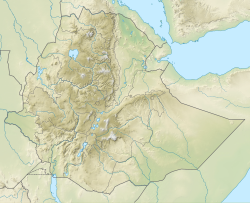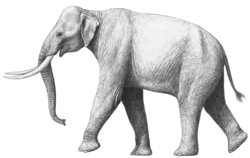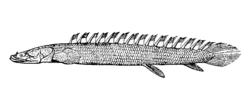| Shungura Formation | |
|---|---|
| Stratigraphic range: Piacenzian-Gelasian | |
 Lower Omo Valley | |
| Type | Geological formation |
| Unit of | Omo Group |
| Underlies | Kalam Formation |
| Overlies | Mursi Formation |
| Lithology | |
| Primary | Sandstone, siltstone |
| Other | Claystone, tuff |
| Location | |
| Coordinates | 5°06′N36°00′E / 5.1°N 36.0°E |
| Approximate paleocoordinates | 5°48′N36°06′E / 5.8°N 36.1°E |
| Country | Ethiopia |
| Extent | Omo Subbasin Turkana Basin |
The Shungura Formation is a stratigraphic formation located in the Omo river basin in Ethiopia. It dates to the Late Pliocene to Early Pleistocene. Oldowan tools have been found in the formation, suggesting early use of stone tools by hominins. Among many others, fossils of Panthera were found in Member G of the formation. [1] [2]







